I am wandering through the garden on this mild afternoon in early February, doing minimal labor, but savoring the blooms that are more abundant each day. While many hellebores and snowdrops flower, buds of spring flowering camellias (Camellia japonica, below) swell by the day. If days remain mild, there will be lovely red and pink flowers in a few days.
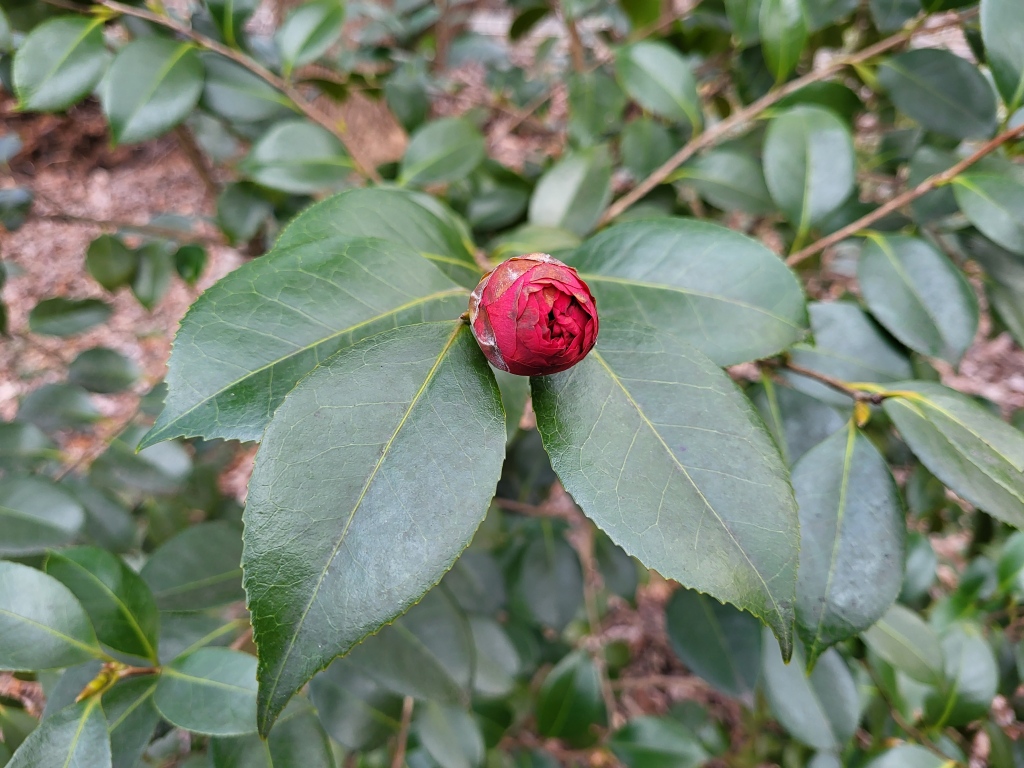
Several periods of moderate cold have come and gone with longer periods of slightly above average temperatures between. Despite proclamations otherwise, the most severe cold has been so only by comparison to recent very mild winters, and fortunately the spells have ended quickly.
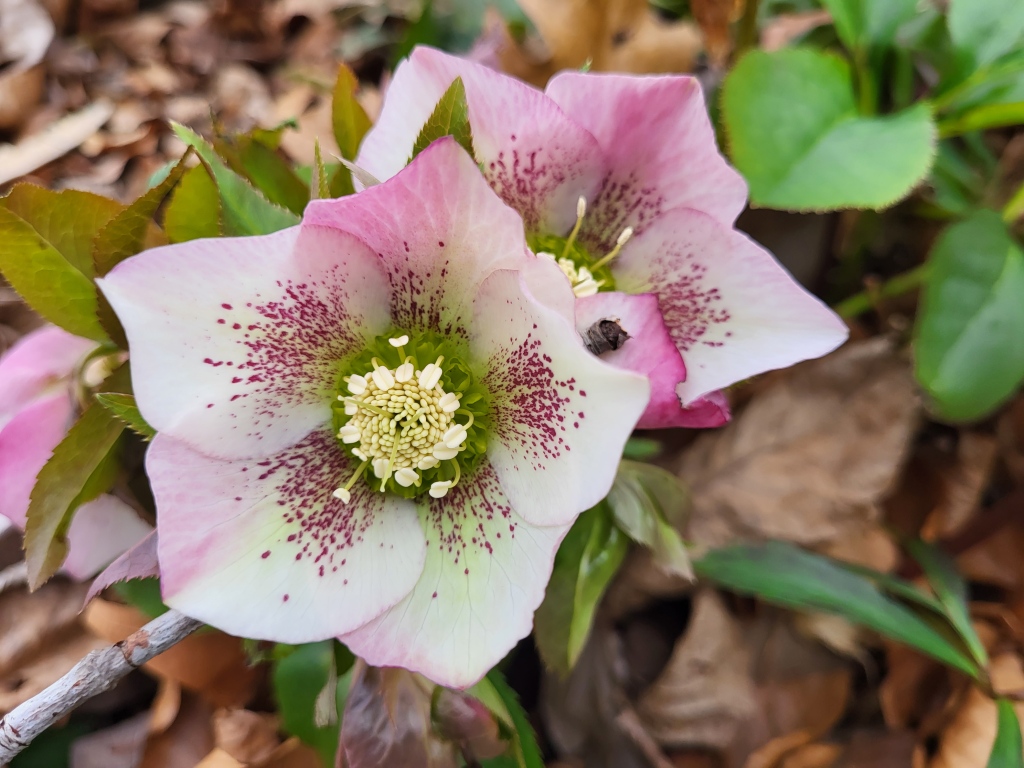
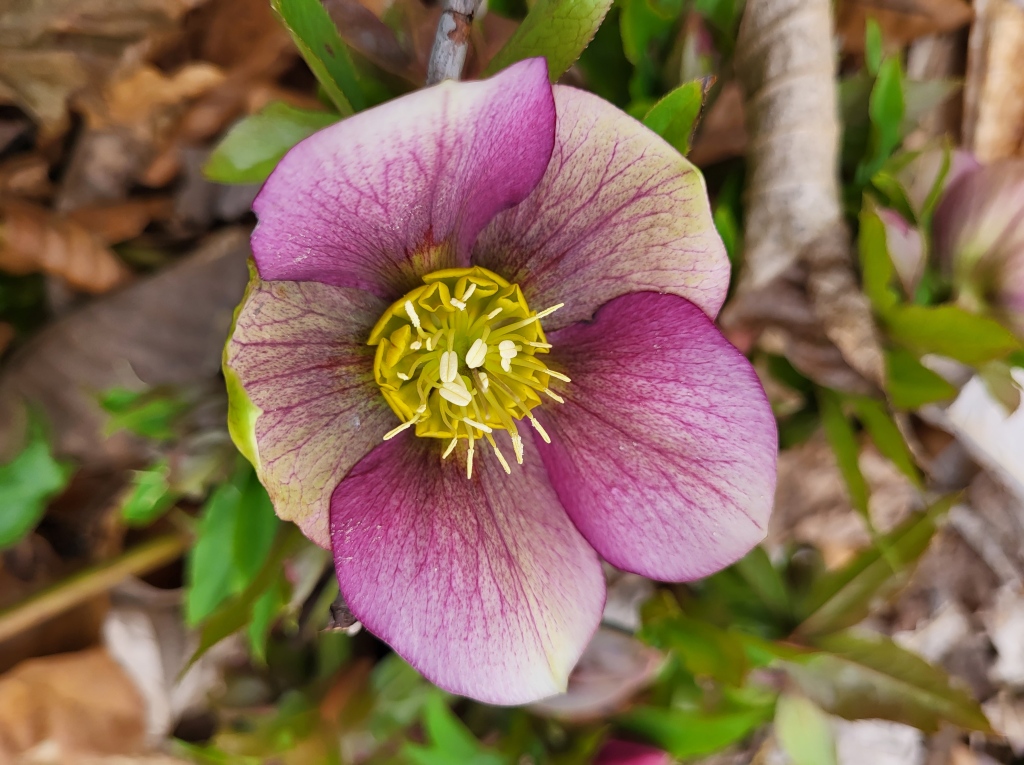
With cold down to six degrees (Fahrenheit) there are a few more browned leaves on hellebores that remained green in recent winters. Of course, I annually decide that leaves should not be removed earlier in winter despite a general recommendation to do so. Ones that turn horribly brown are cut back, or at least those that are most obvious.

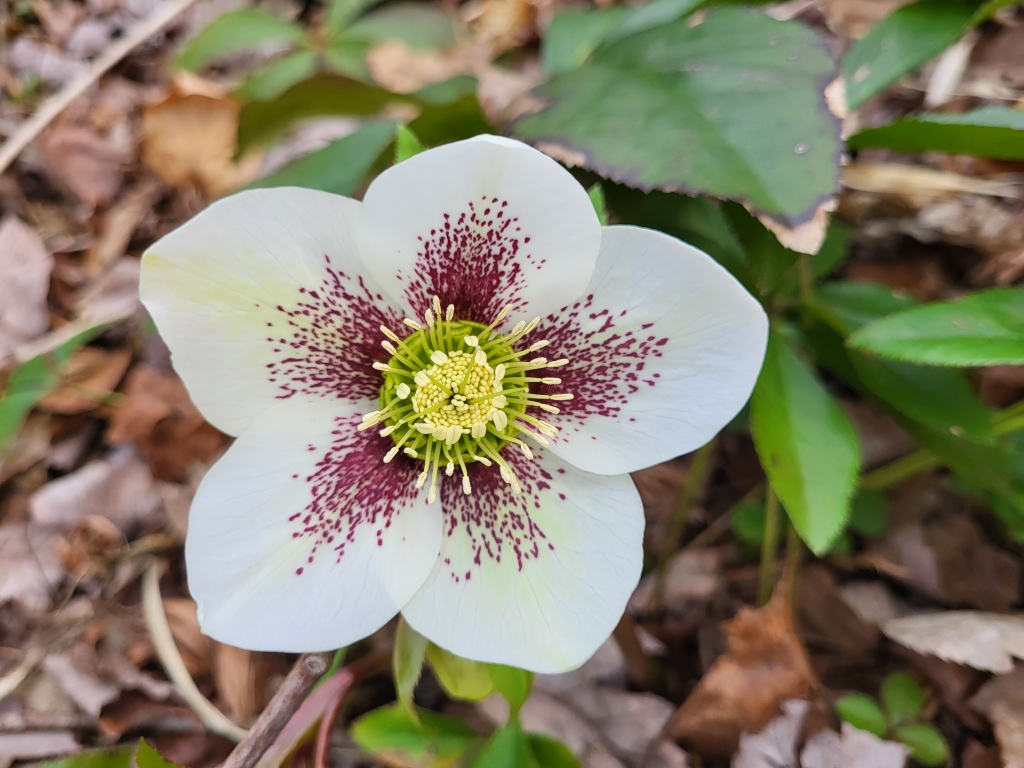
On mild afternoons, I’ve taken advantage to transplant several hellebore seedlings from crowded clumps, and today, several were moved that were crowded by unruly neighbors. I have no trouble justifying the hundred or more mature hellebores, with hundreds, possibly thousands of tiny seedlings that one day will be transplanted. Some must be weeded out, though reluctantly.
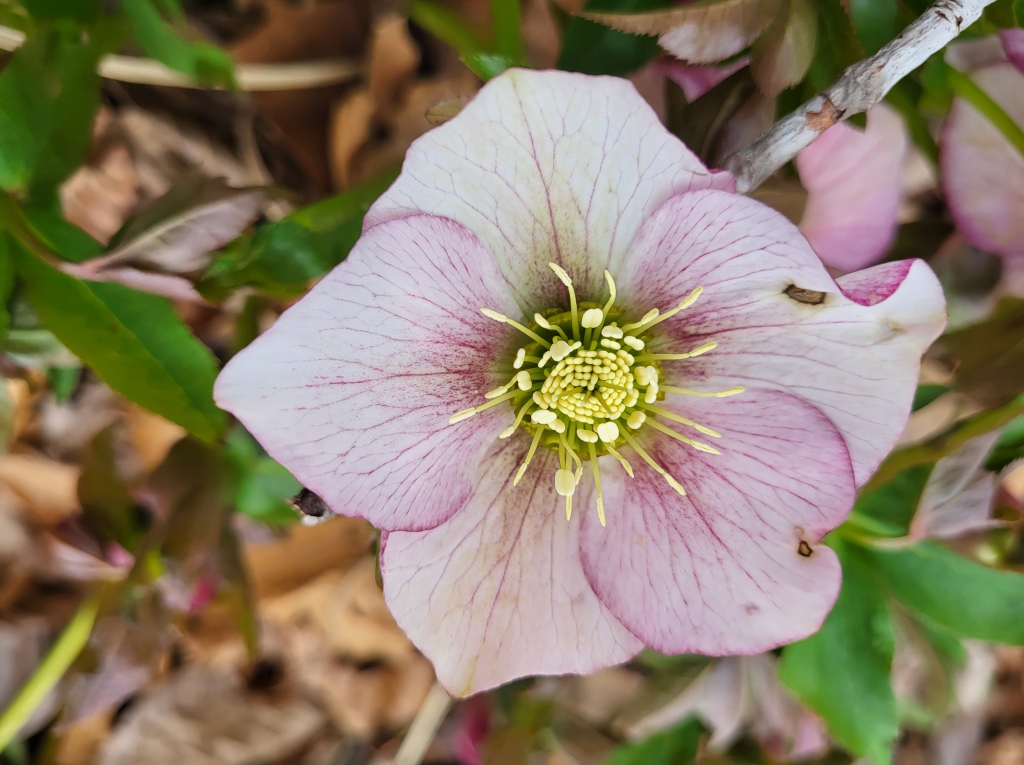

While many gardeners hibernate through the cold, the Virginia winter is not so severe to discourage nearly daily strolls. While not severe, the period from the start of winter until spring seems forever. Flowers calm my anxiousness. Hellebores bring joy, and increasing numbers in flower encourage that spring is coming soon.
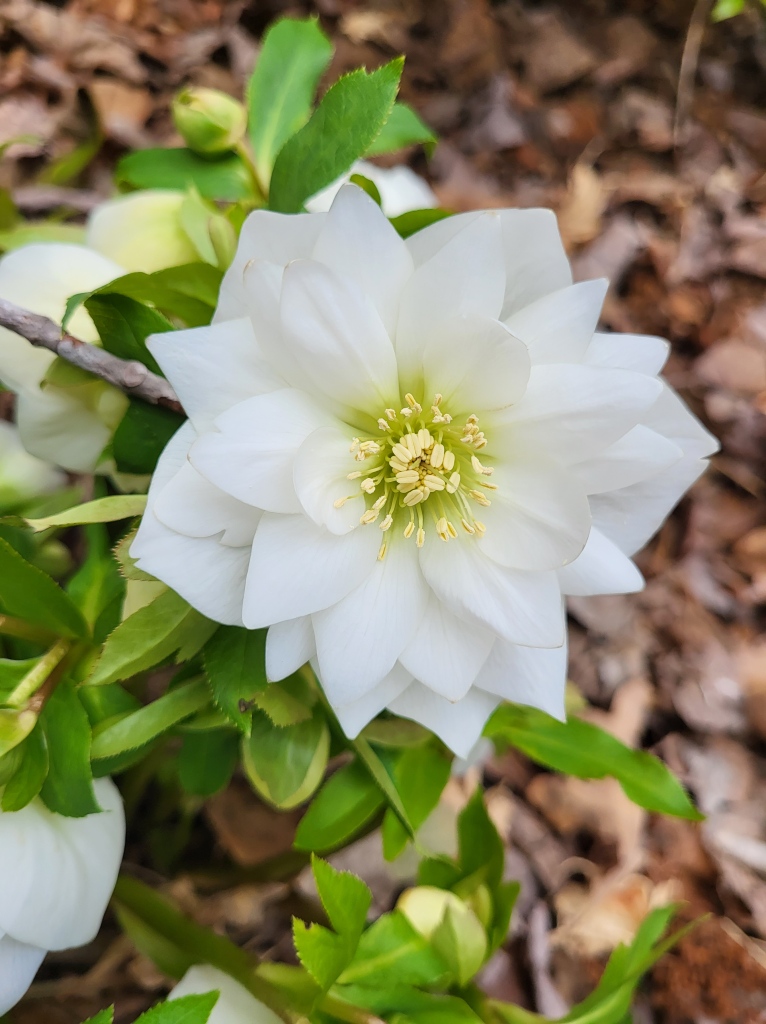
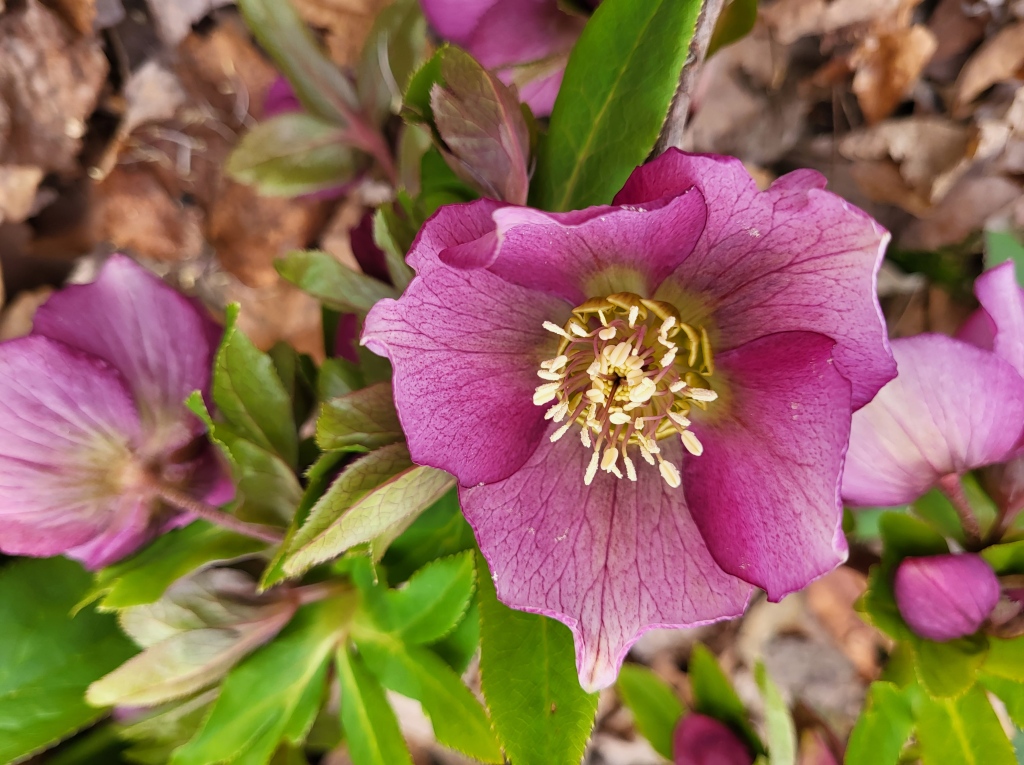

Beautiful photos. In some of your columns you mention that hellebores reproduce . I have had had a nice big plant for many years but have never seen any offspring. Why is that?
Some hybrid hellebores are sterile, so they will not produce viable seed. I do not see seedlings from any with double flowers and from many of the newer introductions. Breeders often refer to this as an advantage.
Thanks. I was not aware of that. I love them an wish mine went to seed.
Yes, too many. That is a common problem with what we enjoy too much though.
With varied layers I don’t believe that anyone would think that hellebores are overdone. I try to mix plantings so the garden does not appear to be a series of collections.
It also helps that they are pretty. Several are naturalized here, but none are pretty, likely because of the mild weather. Oddly though, a few guests notice them and appreciate them, perhaps because they are familiar with them from regions where they perform better. It can be gratifying when others notice and appreciate what inhabits our gardens, particularly species that I do not appreciate as much.
While casual gardeners still might not know hellebores, here they become more popular every year since there is very little color in the winter months.
Oh, I figured that they were always popular there. When we started growing them on the farm, it was only because people from other regions wanted them. (Most who live here are from somewhere else.) I did not want to grow them because I knew that they will never perform satisfactorily for those who purchased them. Many people enjoy them regardless. That is why I can not remove the few that live within the landscapes.
Thank you for sharing the variety of Hellebores. All are lovely. It’s now my favorite plant with its winter blooms and evergreen leaves that provide such great ground cover year round. I too wait a bit to trim leaves. But the new leaves are so welcome for their upright shoots. Newer varieties have such beautiful almost variegated leaves.
Question: Have you tried any in a pot?
The garden is less bare if hellebore leaves are not removed. By now, I’ve removed foliage of ones that hide blooms and the worst of browned leaves. There seems no good reason to remove others. I do not grow hellebores in pots, but I presume they would thrive with a well drained mix.
I love these garden updates. They make feel like I am in a great garden club.
We all suffer through traumas and experience joy together in our gardens.